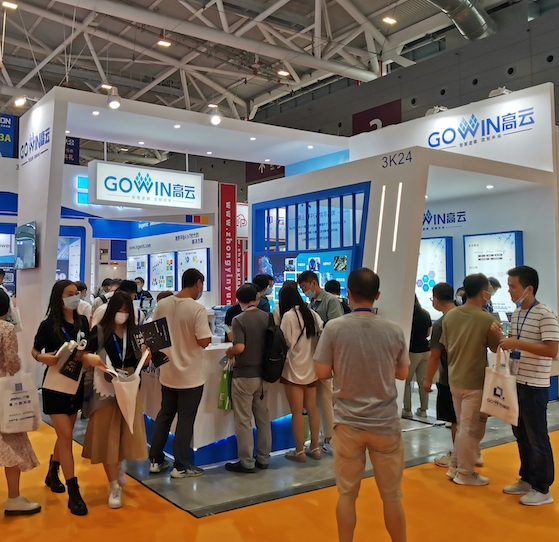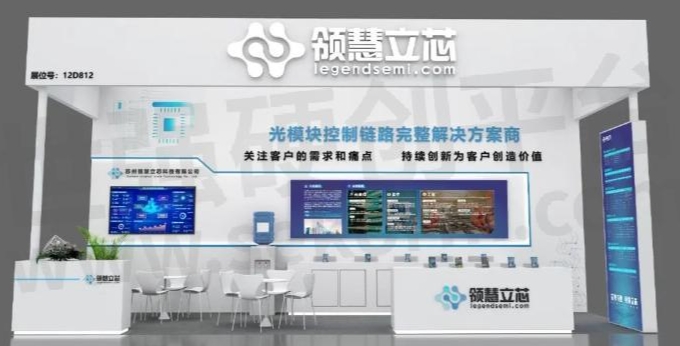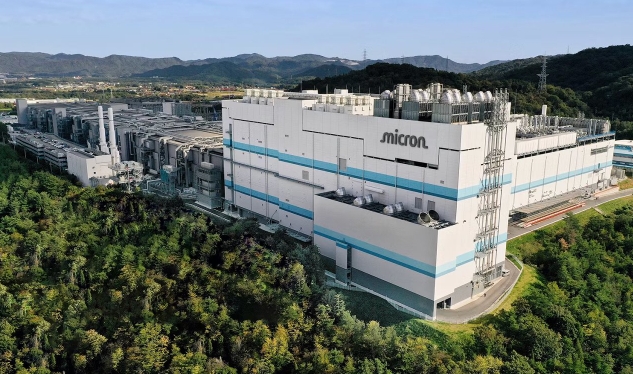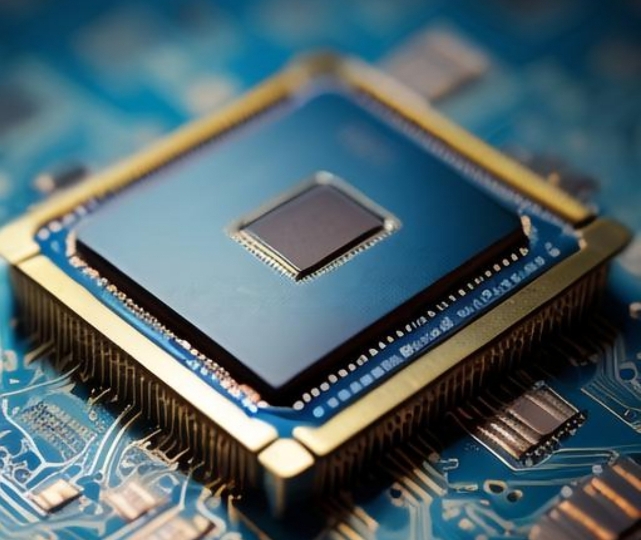On September 26th, reports emerged that the Trump administration is drafting a new plan to restrict chip imports. The core goal is to boost domestic wafer production, reshape global supply chains, and reduce reliance on overseas semiconductors.
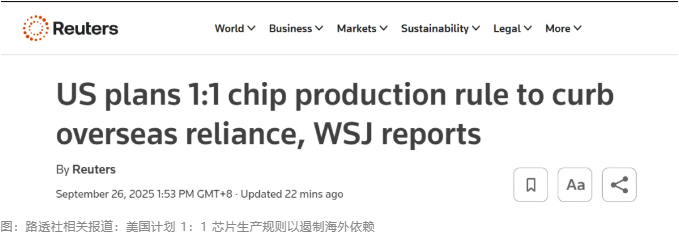
The plan puts forward a tough requirement: when importing semiconductors, relevant enterprises must simultaneously purchase U.S.-made chips in an equivalent ratio, maintaining an approximate 1:1 balance. Insiders revealed that if enterprises fail to meet this standard within the deadline, they may face a tariff penalty of up to 100%.
This proposal aligns with Trump’s previous statements. On August 6th, he claimed he would impose a 100% tariff on all imported chips, with only enterprises that have committed to or started U.S.-based manufacturing exempted. In early September, he further escalated the policy, explicitly stating that tariffs would be raised on enterprises that do not shift production to the U.S. Those investing or building factories in the U.S. could receive an approximately 100% exemption from import taxes. He specifically praised Apple for its commitment to invest $60 billion in the U.S. over four years, while enterprises like TSMC and Samsung, which have announced plans to build factories in the U.S., are also under consideration for exemption.
Reports indicate that officials from the U.S. Department of Commerce have consulted with semiconductor industry insiders regarding the plan, emphasizing that the policy is based on national security and economic security considerations. However, the plan is still in the discussion stage and has not been finalized. The White House and the Department of Commerce have not yet commented, but the outside world generally believes that once implemented, it will have a significant impact on the production layouts of multinational chip enterprises. Additional analysis points out that this move may push up the cost of consumer goods in the U.S. and exacerbate inflationary pressures.

ICgoodFind: This plan will disrupt the global chip supply chain, leaving enterprises facing dual challenges of increased costs and layout adjustments.

